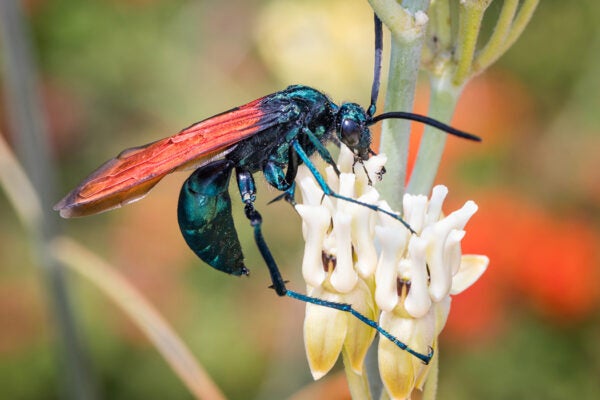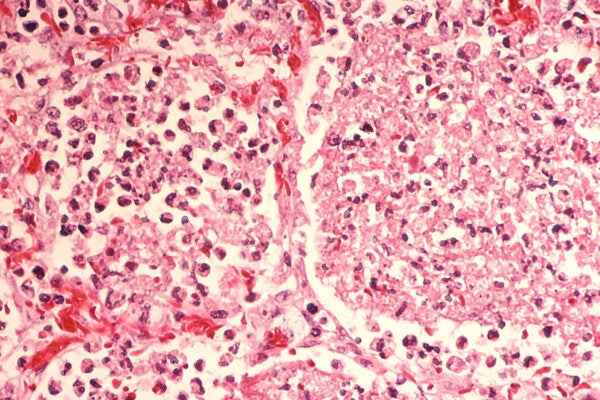An outbreak of leprosy in Florida has been linked to armadillos. While a bigger problem of developing countries, leprosy, or Hansen’s disease, affects a number of Americans annually. Most people are only mildly affected by the disease, which affects the skin and nerves, but a small percentage can have serious complications. It is curable, fortunately, and not highly contagious. Although in retrospect armadillos are obvious suspects, until recently the medical establishment was highly resistant to the idea that Hansen’s had environmental sources.
Leprosy has been known and feared since prehistory, but until the late 1980s it was assumed that all cases were transmitted through other humans. But the first human case had to come from somewhere, so a statistical analysis of leprosy cases by Leslie Blake et al. first cast doubts on the humans-only hypothesis. Blake et al. examined everything known about Hansen’s cases and realized that patterns did not correspond to exclusively human-human transmission. For example, family members and others living in close quarters to a sufferer were more likely to contract the infection, but the odds were not so much higher that they completely favored human transmission. There were also indications of occupational exposure as more men than women were infected without biological reason.
At the same time, researchers looking for a human model for Hansen’s discovered that armadillos were susceptible, the only known vulnerable non-human vertebrate. The infection could easily be introduced to captive armadillos, which developed symptoms, and was later discovered to be endemic in wild populations in the American Southwest, Mexico, and Central America.
However, just because armadillos could spread Hansen’s did not mean that they did. The case was bolstered in a 1987 study that questioned Hansen’s patients from Mexico about their lives. Careful questioning revealed that many patients had been exposed to armadillos compared to controls, either through proximity of homes or jobs to armadillo burrows or through consumption of the animals for meat. The researchers also noticed that Mexican Hansen’s cases increased in Northern Mexico when food became more expensive relative to wages, and armadillos became more appealing as a food source. Taken with the other evidence the case was finally solid that Hansen’s could be acquired environmentally, not just from an infected human. Thousands were banished to inhumane “leper colonies” for no good reason.
After further cases were linked to zoos and fairs where armadillos were handled, nobody questioned the armadillo link any more. The current Florida outbreak coincides with the armadillos’ breeding season, and they are more likely to be out and about where people may come into contact with them. Most wild armadillos will not show symptoms, so there are no clear warning signs. Prevention is simple: avoid contact with armadillos. If nothing else, they have pretty serious claws.







